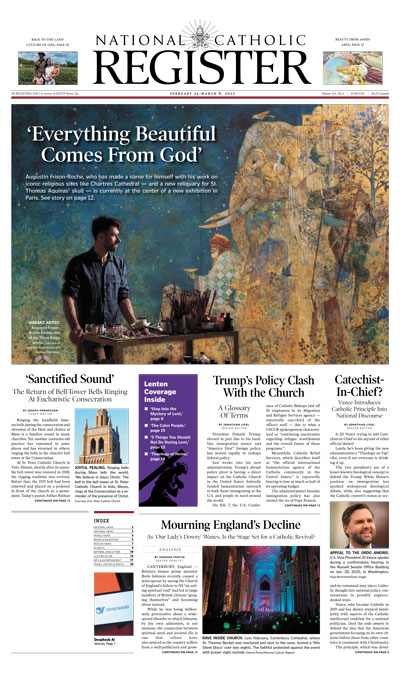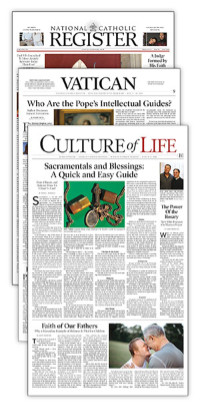The Most Exciting Live Spectator Event of All? Hands Down, It’s the Announcement of a New Pope
You can’t beat the drama of a papal conclave, when the eyes of the world are fixed on Rome.

Which live event always delivers the most excitement?
Game 7 of the World Series? The World Cup? The Academy Awards? A U.S. presidential election?
How about the Super Bowl? ChatGPT uses words like “epic,” “iconic” and “incredibly dramatic” to describe the yearly championship game of the National Football League.
But a Super Bowl takes more than four hours, has only two possible winners, and often isn’t competitive.
“Papal elections are far more dramatic,” said John Dempsey, a professor of history at Westfield State University in Massachusetts and author of Bonizo of Sutri: Portrait in a Landscape, a 2023 book about an 11th-century Italian bishop who suffered for his attempts to reform the Church, by text.
To be sure, the announcement of a new pope is a set piece, with a formula for the blocking and script. Yet the oddities and the pacing help build suspense.
White smoke tiptoes up the chimney of the Sistine Chapel, gains confidence and begins pouring out. Bells ring.
A long pause.
Then curtains are drawn. Windows open. A processional crucifix appears, followed by a usually seasoned-looking cardinal, who reads Latin words aloud from a piece of paper.
The moment is full of mystery — no one in the outside world knows when it will happen or who will emerge from the many possibilities. And the crowd, which isn’t reading from a script, spontaneously plays its part, cheering wildly at each distinct portion of the 22-word announcement.
Jesuit Father Thomas Worcester, a professor of history at Fordham University, was a 22-year-old recent college graduate traveling around Europe when he went to Rome for the August 1978 conclave that elected Pope John Paul I.
“I have said many times over the years — and it’s a long time since 1978 — that’s the most exciting thing I’ve ever done, was be in St. Peter’s Square when the white smoke came,” Father Worcester told the Register by phone.
The setting helps build the drama, he said.
He described St. Peter's Square, an oval piazza framed by Gian Lorenzo Bernini’s mid-17th-century semi-circular colonnade, as “a huge theatrical space” ideal for the occasion.
“It’s a stunning outdoor theater,” Father Worcester said. “It’s where the Church puts itself on display — in a good sense, in a very, very good sense.”
The announcement tests the Latin skills of listeners — both in pronunciation and grammar. The first clue about the identity of the new pope is his first name, which appears in the accusative case, because it is a second object of the verb in the famous phrase Habemus papam! (“We have a pope!”).
Msgr. Roger Landry, national director of The Pontifical Mission Societies U.S.A., told the Register he was on retreat with priests in April 2005 when he watched the announcement of Cardinal Joseph Ratzinger as Pope Benedict XVI.
“As soon as the name ‘Josephum’ was pronounced, all of us knew it was Ratzinger and there was the scene of grown men in cassocks leaping up and down,” Msgr. Landry said by email from Rome.
“This year I’m so excited to be part of EWTN’s team doing the live on-site coverage in the Vatican because I’ll have a part in the live history-making announcement,” said Msgr. Landry, a frequent EWTN and Register contributor. “And I already have the Latin accusative first names ready to go.”
- Keywords:
- papal election















